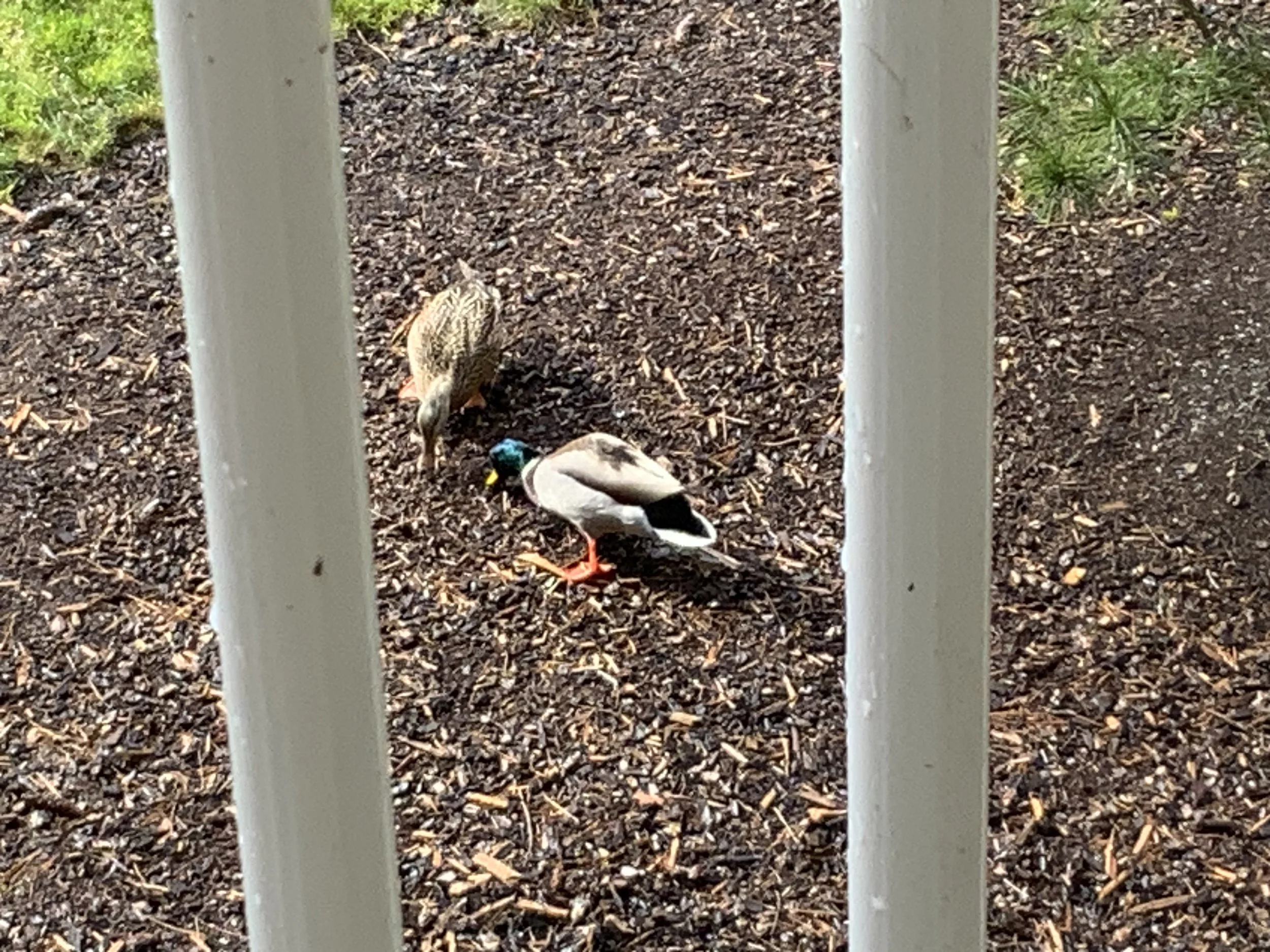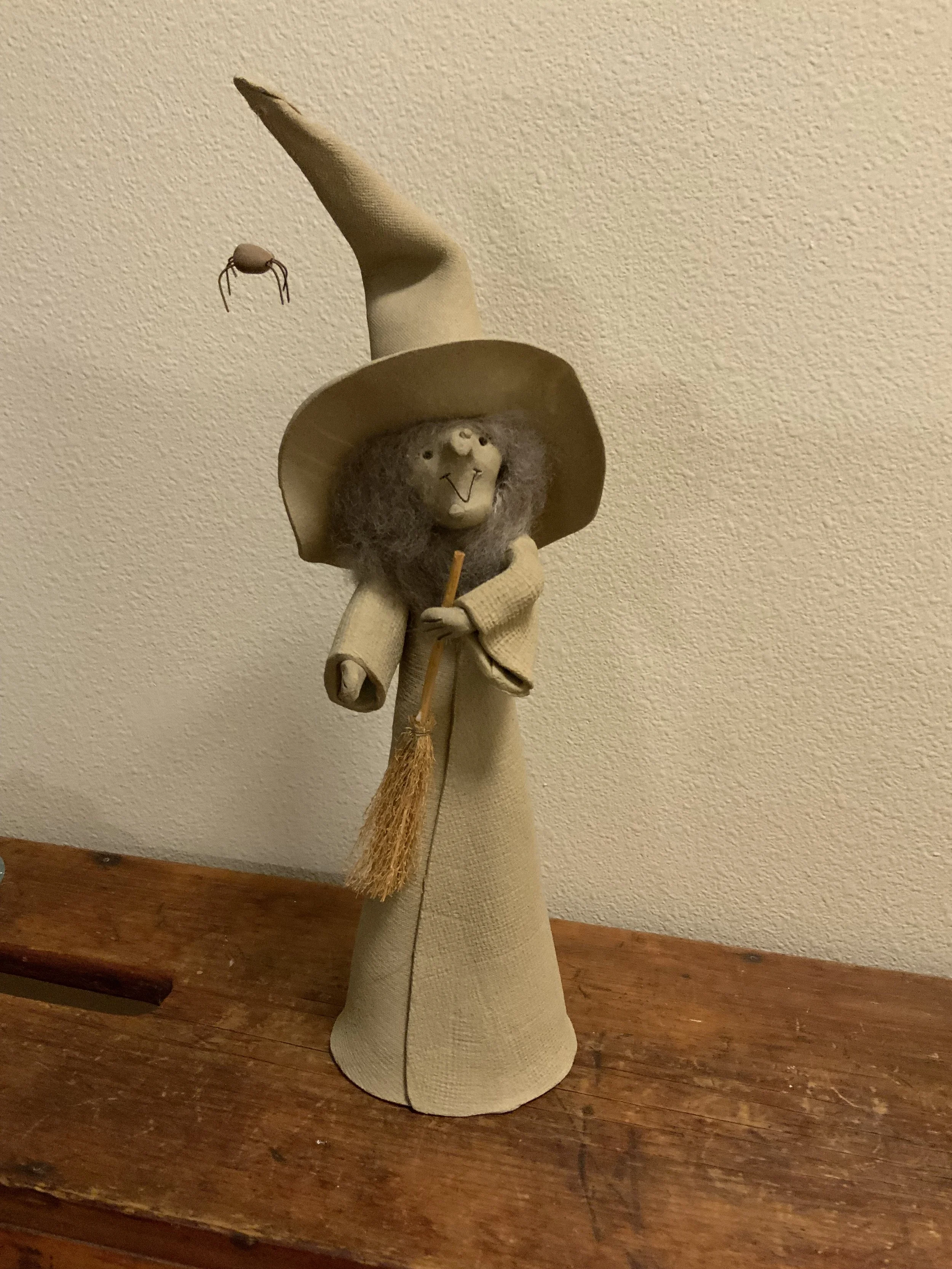#46 A Woman's Briefs -- LIFE
If you know me at all you know that I very much like being alive. I’d love to think there isn’t a time when I won’t be. Reality chuckles. I don’t much appreciate the concept of eternity, a forever state of timelessness (What if I don’t like it! What then?), but I’m willing to risk it. It’s being alive, time aware, sentient, that holds my attention and my favor.
Bill Bryson’s 2003 book, “A Short History of Nearly Everything” begins with a thought that made my brain ache with wonder. He wrote:
“To begin with, for you to be here now, trillions of drifting atoms had somehow to assemble in an intricate and intriguingly obliging manner to create you. It’s an arrangement so specialized and particular that it has never been tried before and will only exist this once.”
Does that cause a catch in your breath or what. No? Well, in that case, you are in the good company of the trillions of atoms that make you you. They don’t care at all about your existence. Oh sure, they put you together. That’s their job. But atoms are not alive.
You could, as Bill Bryson said, “Pick yourself apart with tweezers, one atom at a time, and you would produce a mound of fine atomic dust none of which had ever been alive but all of which had once been you.”
The odds of you even being alive? Molecular biologist John Medina (whose “Brain Rules” books you will love) say’s the odds are better for you finding the only green grain of sand in all the sand of the world. Go ahead, pick that apart.
I’m about to tell you about a morning shared with living things that fly. Not drones, not airplanes or kites, but living things that take to the air. But first, this from the book about an owl, “Alfie & Me” by Carl Safina:
“Living things can die, but non-living things cannot be brought to life. . . .Aliveness is not purely chemical or physical—it is emergent. Life makes different things of itself. For a computer, say, to be alive, it would need to grow itself . . . maybe it would begin in a larval stage; a pocket calculator, say, before metamorphosing into a tablet, laptop, desktop, or mainframe. . . . This complicated proposition is improbable. In fact, Life is the most improbable thing in the universe. All living things behave, taking initiative, and responding to their surroundings. . . A machine has merely a use. Only aliveness creates conditions for meaning.”
“My” Mallard drake and hen
The Mallard pair flew to the ground below my apartment balcony, sounded a quack or three, then patiently waited for the quarter-cup of duck food I provide.
“Stand here. Watch this,” said Drake to hen. “I’ll quack (taking the initiative), and she will toss us some mixed grains.”
Life meeting life. It’s so good for us. I said, “Quack” to the duck pair greedily ‘responding to their surroundings’. Then I said, “Good morning,” to a small bird chomping on seed at a feeder tray attached to my office window. Frantically chomping.
That’s odd, I thought once settled inside at my desk. The bird was at the feeder an hour or more before usual bird arrivals. Was she in trouble? Had she only now migrated? I leaned over my desk, put my face next to hers with only a pane of glass separating us. She should fly, I thought. She didn’t. Could she? Was she alright?
Hanging on a wall next to my glass office door is a carved stick, a Kua Baagede, the African utensil for stirring fufu.
Kua Baagede
And let me tell you, while neither of us is sure how to spell it, my South Sudanese friend, Arketa, who gave it to me, knows how to wield it (You can find Arketa’s story, “Zambakari” here on the blog).
I took the Kua Baagede to the balcony. I tapped the tip of it on the bottom of the bird feeder to see if bird would leave. She didn’t. She watched me, and continued eating like, as some say, there is no tomorrow. This didn’t seem good.
I put the stick under her belly. She stopped eating, stepped onto it, and let me ferry her across the balcony to the strawberry pot. She hopped off. She shimmied, picked up a grain of barley, hopped to pot’s edge, and gave me a look. She ate the seed, wiped her beak clean on pot’s edge, then flew to the nearby cedar.
I don’t know. Maybe she’s fine. She may have similar concerns about me. But here’s the thing. We are both alive.
Pine Siskin with barley
“A unique spontaneous chain reaction arisen from simplicity and inert matter has created its own intensifying, self-proliferating complexity—the magic we call, of course, ‘Life.’ It has somehow created a conscious awareness of itself; a living thing is capable of self-repair. Life on Earth creates the most unique and extreme complexity yet detected in the universe. Our existence is a cloth of woven miracles.” Safina
Don’t you love the word “somehow”? There is so much room for God there. Sometimes I forget to marvel. Sometimes I forget that neither those ducks, nor the small bird (and since she is alive, she is capable of self-repair should some be needed), nor the crows I haven’t mentioned that frequently accompany Scooter’s and my walks, nor I ever existed before. I don’t get how sentience can be so uniquely spread across eons, how ‘life’ can be so fully mysterious, yet not celebrated with every breath. But then, you know, we’re busy. We have things to do.








